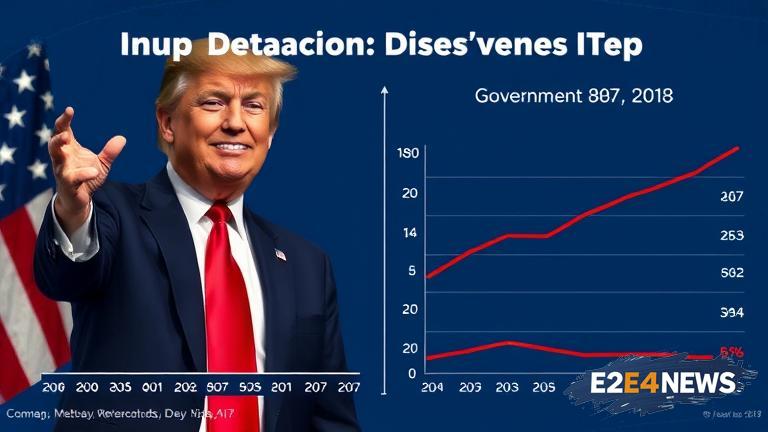President Trump has recently stated his intention to deport the ‘worst of the worst’ immigrants, sparking controversy and debate. However, government data tells a different story, suggesting that the majority of deportations are not of violent criminals, but rather of individuals with minor offenses or no criminal record at all. According to the data, in 2022, over 70% of deportations were of individuals with no criminal record or only minor offenses such as traffic violations. This raises questions about the effectiveness and fairness of the current deportation system. The data also shows that the number of deportations has decreased significantly since 2019, with a notable drop in deportations of individuals with serious criminal convictions. Despite this, President Trump has continued to push for stricter immigration policies, including increased funding for border walls and immigration enforcement. Critics argue that these policies are not only ineffective but also inhumane, as they often result in the separation of families and the deportation of individuals who have lived and contributed to the US for years. The issue has sparked a heated debate, with some arguing that the focus should be on deporting violent criminals, while others believe that all undocumented immigrants should be deported. The government data also highlights the complexity of the issue, with many deportations involving individuals with mixed immigration status, such as those with US-born children or spouses. Furthermore, the data shows that the majority of deportations are of individuals from Latin America, particularly Mexico and Central America. The controversy surrounding deportation policies has also raised concerns about the treatment of immigrants in detention centers, with reports of poor living conditions and human rights abuses. In response to these concerns, some lawmakers have called for increased oversight and reform of the immigration system. The debate is likely to continue, with President Trump’s administration pushing for stricter policies and critics arguing for a more nuanced and humane approach. As the issue continues to unfold, it remains to be seen how the government will balance the need to enforce immigration laws with the need to protect human rights and ensure fairness and justice for all. The situation is complex, with many different stakeholders and interests involved, and a solution will likely require a comprehensive and multifaceted approach. Ultimately, the goal should be to create a fair and effective immigration system that balances the needs of the country with the rights and dignity of all individuals, regardless of their immigration status.
